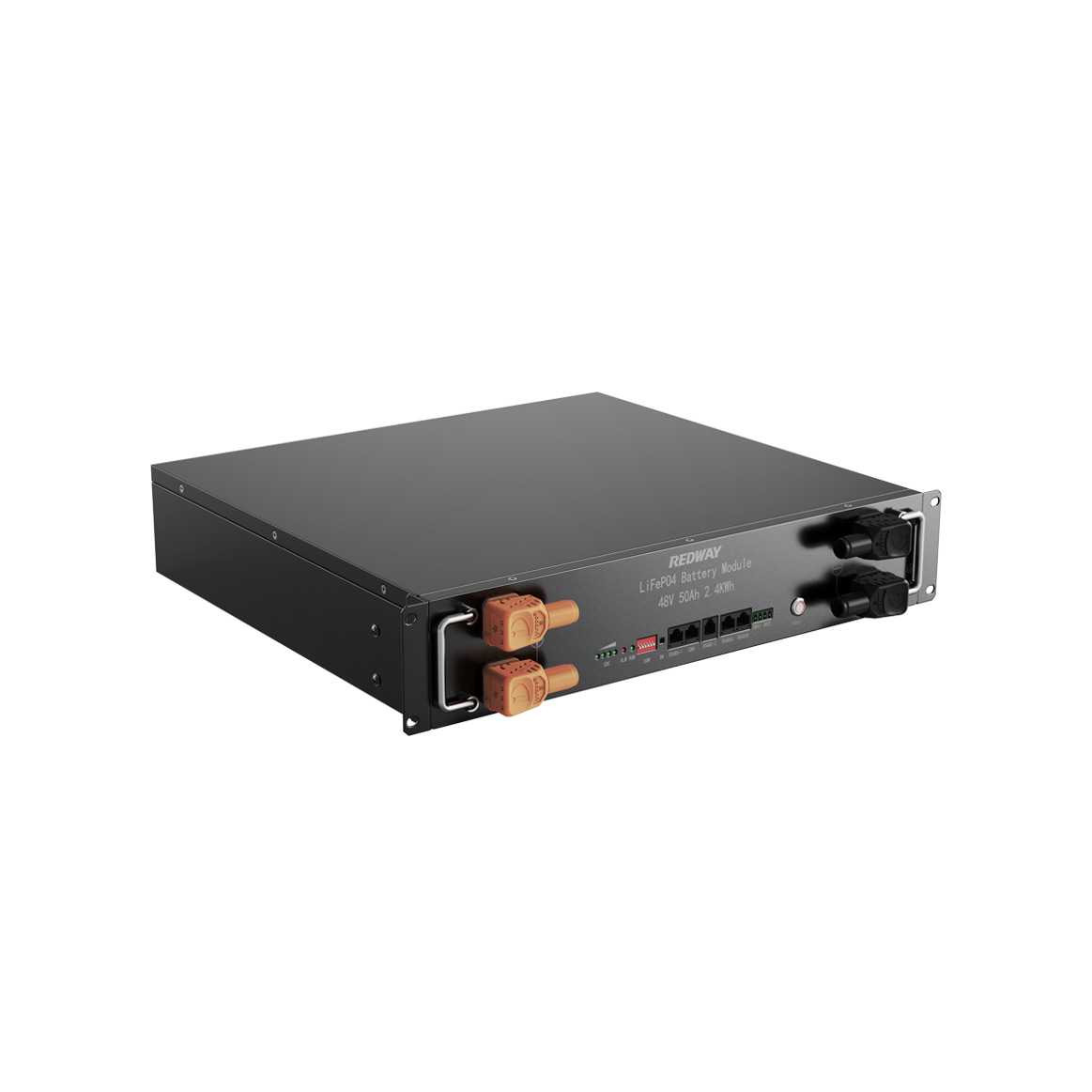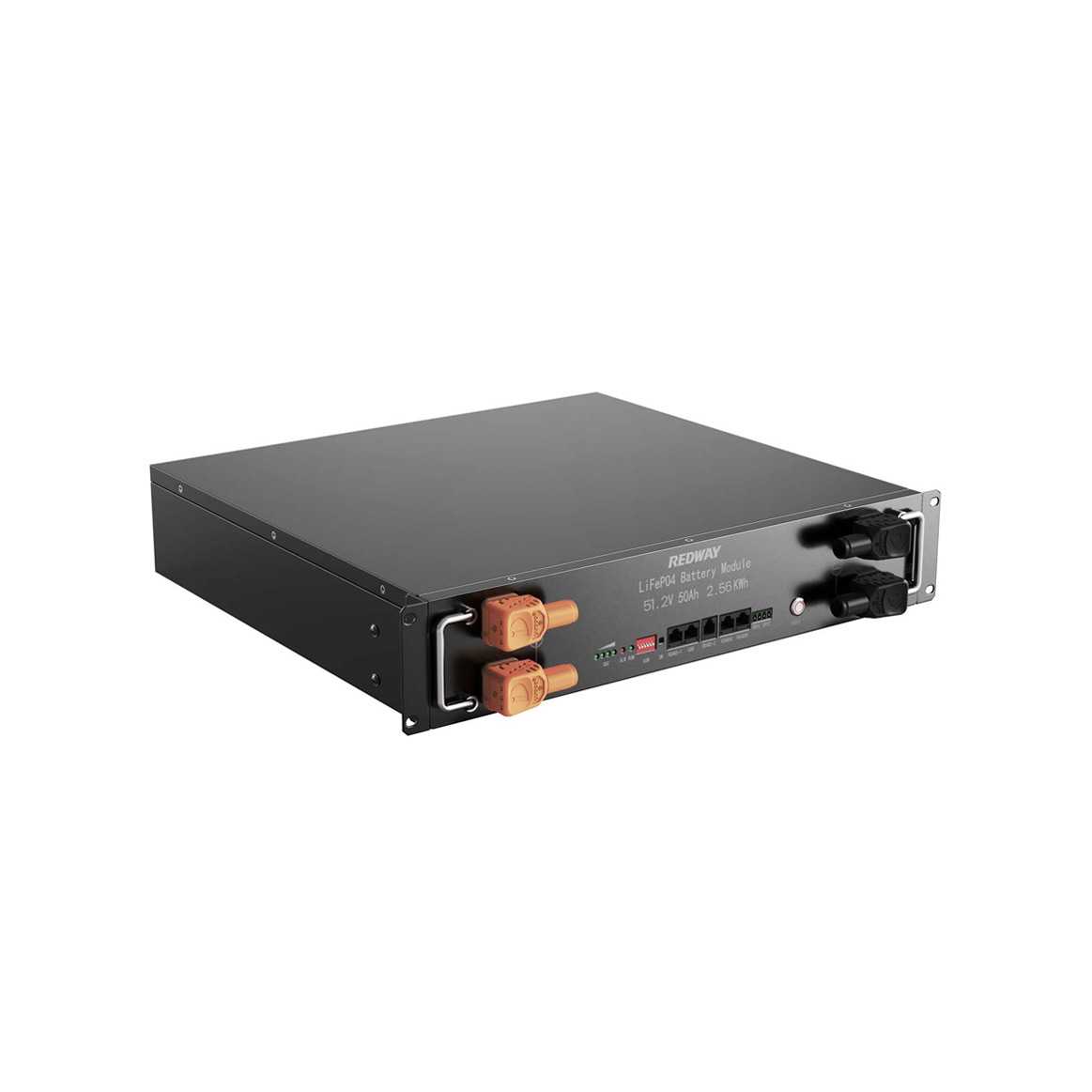Lithium batteries are leading the charge in the world of renewable energy storage, and one of the most popular chemistries in this domain is Lithium Iron Phosphate, or LiFePO₄. These batteries offer numerous advantages, one of the most prominent being their stable voltage profile. In this article, we will delve deep into understanding the voltage characteristics of the LiFePO₄ battery, its benefits, and practical tips for users.

1. Basic Voltage Parameters of LiFePO₄
- Nominal Voltage: The average voltage a LiFePO₄ battery will hold during its discharge cycle. For these batteries, the nominal voltage is 3.2V.
- Charge Voltage/Peak Voltage: This is the maximum voltage level at which the battery should be charged. For LiFePO₄ batteries, this typically stands around 3.65V.
- Discharge Cut-off Voltage: The voltage at which the battery should be disconnected from the load to avoid over-discharging. Generally, for LiFePO₄, this is about 2.5V.
- Fully Charged State: When a LiFePO₄ battery reaches its charge voltage of approximately 3.65V, it is considered fully charged.
2. Benefits of the LiFePO₄ Voltage Profile
- Stable Discharge Voltage: Unlike other chemistries, LiFePO₄ maintains a relatively stable voltage throughout its discharge cycle. This ensures consistent power delivery.
- Safety: LiFePO₄ batteries are less prone to thermal runaway, making them safer. Their stable voltage range plays a crucial role in this safety profile.
- Long Cycle Life: Due to their stable voltage and chemical robustness, LiFePO₄ batteries offer longer cycle lives than other lithium-ion chemistries.
- Efficiency: The flat discharge curve ensures that devices get a consistent power level, improving overall efficiency and performance.
3. Tips for Maintaining Optimal LiFePO₄ Voltage
- Avoid Overcharging: Always ensure that the battery is not charged beyond its peak voltage. Overcharging can degrade the battery and reduce its lifespan.
- Prevent Deep Discharges: While LiFePO₄ batteries have a low self-discharge rate, avoid discharging them below the recommended cut-off voltage.
- Use a Compatible Charger: Always use a charger specifically designed for LiFePO₄ batteries. This ensures that the battery is charged within the correct voltage range.
- Monitor Temperature: Though LiFePO₄ has a stable thermal profile, extreme temperatures can affect the battery’s performance and voltage stability. Always store and operate these batteries within the manufacturer’s recommended temperature range.
- Regularly Check Voltage: Periodically measure the battery’s voltage using a multimeter. This can help detect any potential issues early on.
4. Future of LiFePO₄ Battery Voltage
As technology advances, there’s continuous research to optimize the voltage profile of LiFePO₄ batteries. Efforts are underway to:
- Increase Energy Density: By tweaking the voltage profile, researchers aim to cram more energy into the same volume, enhancing the energy density.
- Improve Safety Protocols: Innovations are focusing on enhancing the battery management systems (BMS) that monitor and adjust voltage levels in real-time.
- Boost Efficiency: Future LiFePO₄ cells might have an even flatter discharge curve, further enhancing their efficiency.
5. Conclusion
The voltage profile of a battery determines its performance, safety, and efficiency. LiFePO₄ batteries, with their unique and stable voltage characteristics, are ideally suited for numerous applications, from renewable energy storage to electric mobility. By understanding and respecting their voltage parameters, users can ensure optimal performance and longevity from these advanced energy storage devices.
Related Posts
- ¿Vale la pena invertir para los gerentes de hoteles en la batería de litio LiFePO4 de 20 KWh, 205 V CC y 100 Ah? Un análisis costo-beneficio.
- ¿Tesla utiliza LiFePO4? OEM de la fábrica del fabricante de la batería LiFePO4 de 48V 50Ah
- ¿Tesla utiliza baterías LiFePO4?
- ¿Son las baterías LiFePO4 más seguras que otras baterías de iones de litio?
- ¿Se pueden congelar las baterías LiFePO4? Consejos para prevenir daños por frío
- ¿Se pueden cargar las luces solares cuando están apagadas? Esto es lo que necesitas saber
































